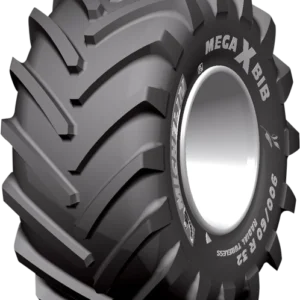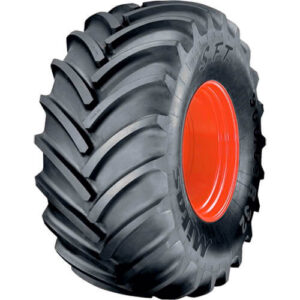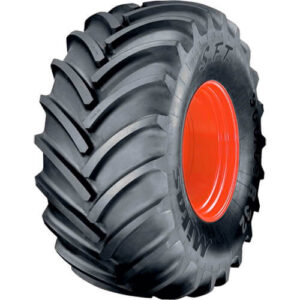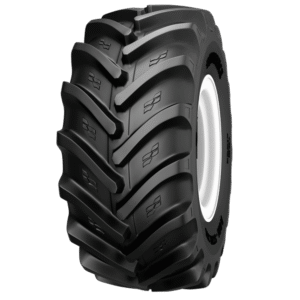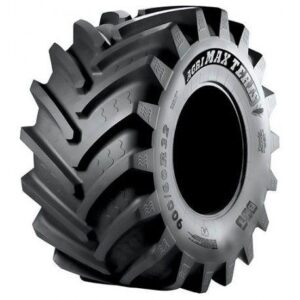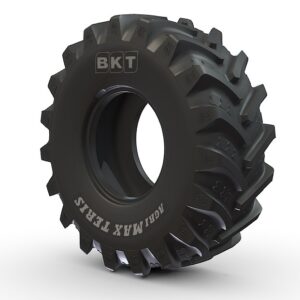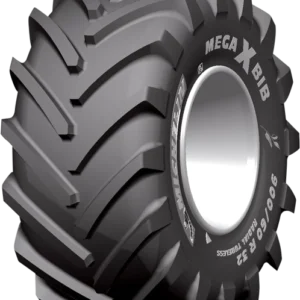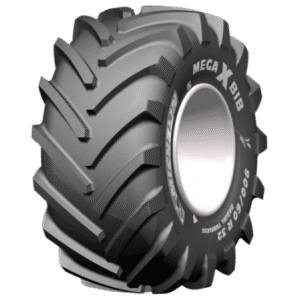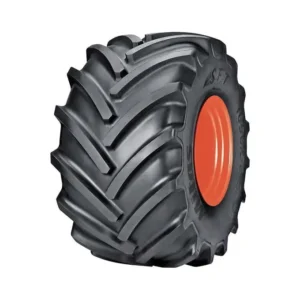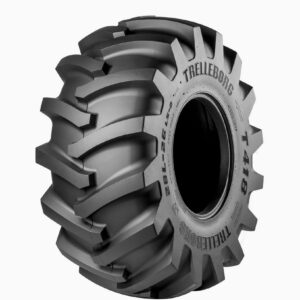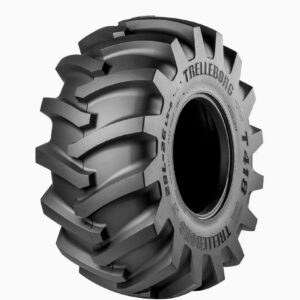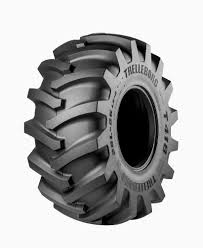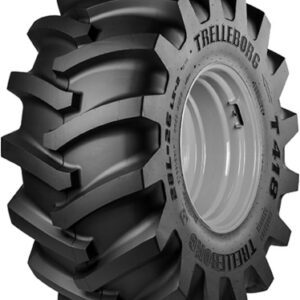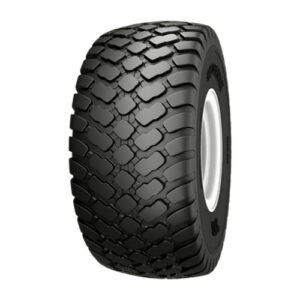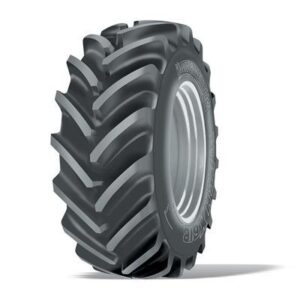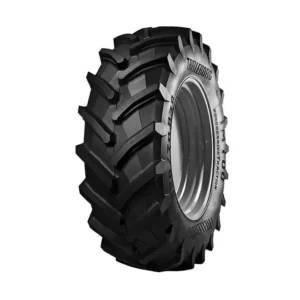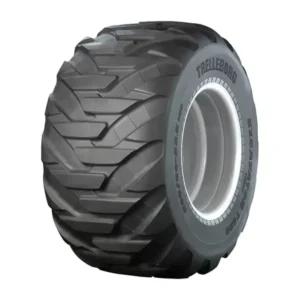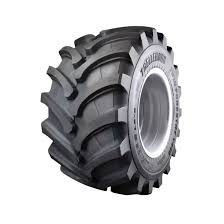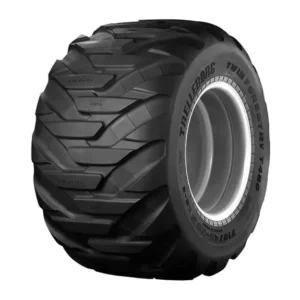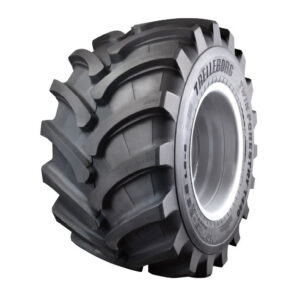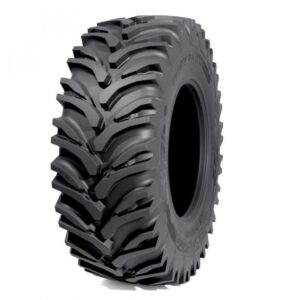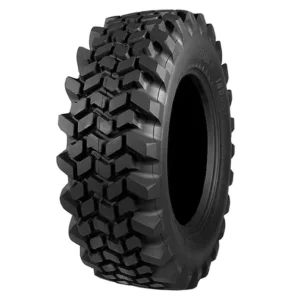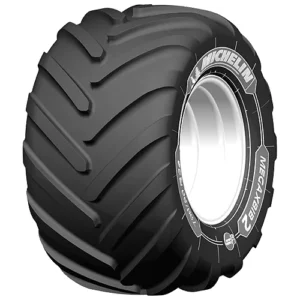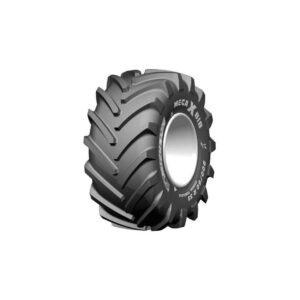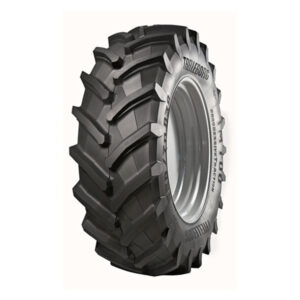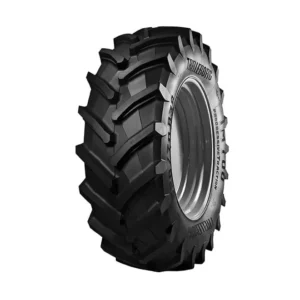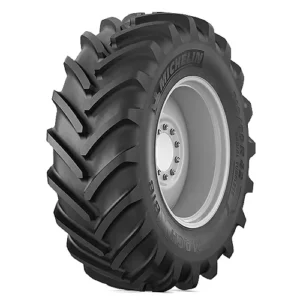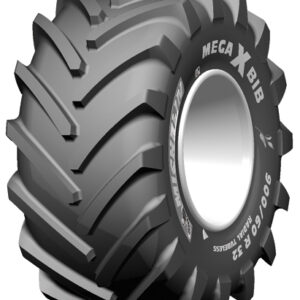Agriculture Tires: Everything You Need to Know About Tires for Farming Equipment
Agriculture tires are a critical component in modern farming operations. They play a vital role in ensuring efficient fieldwork, improving traction, minimizing soil compaction, and enhancing the durability of agricultural machinery. Choosing the right tires for your tractors, harvesters, and other farm equipment can significantly impact productivity and profitability.
In this comprehensive guide, we’ll cover everything you need to know about agriculture tires—from types and features to maintenance tips and buying advice. Whether you’re a seasoned farmer or new to agricultural equipment, this article will help you make informed decisions to optimize your farming operations.
What Are Agriculture Tires?
Agriculture tires are specially designed tires used on farm machinery like tractors, combines, sprayers, and trailers. Unlike standard vehicle tires, agriculture tires are engineered to perform in challenging off-road conditions, including muddy fields, uneven terrains, and soft soil.
The primary goals of agriculture tires include:
-
Providing optimal traction on various types of soil
-
Reducing soil compaction to protect crop roots
-
Enhancing fuel efficiency by reducing rolling resistance
-
Withstanding harsh outdoor elements and long working hours
Types of Agriculture Tires
Agriculture tires come in different types tailored to specific equipment and field conditions. Below are the most common categories:
1. R1 Agriculture Tires (Standard Agricultural Tires)
R1 tires, also called “ag tires,” are the most common type used on tractors and other farm equipment. They feature deep, angled lugs that provide excellent traction in soft soil and muddy conditions. R1 tires are best suited for general farming operations like plowing, planting, and harvesting.
Key features:
-
Deep, widely spaced lugs
-
Aggressive tread pattern for grip
-
Good self-cleaning properties to shed mud
2. R2 Agriculture Tires (Wet/Flooded Field Tires)
R2 tires are designed for extremely wet or flooded fields. They have a wider footprint and larger lugs compared to R1 tires, allowing better flotation and less soil compaction in swampy or rice fields.
Key features:
-
Wider tread and footprint for flotation
-
Larger, paddle-like lugs
-
Enhanced grip on very soft, wet terrain
3. R3 Agriculture Tires (Turf Tires)
R3 tires are designed for use on turf, grasslands, and delicate landscapes. These tires have a shallower tread and less aggressive design to minimize damage to the grass or sod.
Key features:
-
Shallow tread depth
-
Rounded edges for turf protection
-
Less soil disturbance
4. R4 Agriculture Tires (Industrial Tires)
R4 tires are a hybrid between agricultural and industrial tires. They provide good traction on the road and moderate off-road capability, making them suitable for loader tractors or equipment used on farms and construction sites.
Key features:
-
Moderate tread depth
-
Durable sidewalls for rough terrain
-
Balanced for road and field use
5. R5 Agriculture Tires (Skid Steer Tires)
R5 tires are primarily used on skid steer loaders and other compact agricultural machinery. They have a more aggressive tread and enhanced puncture resistance.
Key features:
-
Aggressive, heavy-duty tread
-
Reinforced construction
-
Suitable for skid steers and loaders
Why Are Agriculture Tires Important?
Choosing the right agricultural tires is crucial because they directly affect the performance and longevity of farm machinery. Here are some key reasons why agriculture tires are so important:
1. Improved Traction and Efficiency
Proper agriculture tires maximize traction in various soil conditions, reducing slippage and improving the efficiency of field operations. Better traction means less fuel consumption and quicker job completion.
2. Reduced Soil Compaction
Soil compaction damages soil structure, limits root growth, and reduces water infiltration. Agriculture tires with the right tread pattern and tire pressure help distribute the tractor’s weight more evenly, minimizing soil compaction and protecting crop yields.
3. Durability and Longevity
Agricultural tires are built to withstand harsh conditions such as rocks, stubble, and sharp debris. Investing in high-quality tires reduces the risk of downtime and costly replacements.
4. Comfort and Safety
Good tires provide better shock absorption, reducing vibrations and operator fatigue. They also improve braking and handling on uneven terrain, enhancing overall safety.
Key Features to Look for in Agriculture Tires
When selecting agriculture tires, keep an eye on these essential features:
1. Tread Pattern
The tread pattern determines traction and soil disturbance. Deep, widely spaced lugs work well for muddy fields, while turf tires have shallow, smooth treads to protect grass.
2. Tire Size
Tire size affects flotation and load capacity. Larger tires spread the weight over a larger area, reducing soil compaction. Make sure to choose the right size compatible with your machinery.
3. Ply Rating
Ply rating indicates the tire’s strength and load capacity. Higher ply ratings mean tougher tires that can carry heavier loads but may be less flexible.
4. Radial vs. Bias Tires
-
Radial tires have layers running radially across the tire and offer better traction, longer wear, and a smoother ride.
-
Bias tires have crisscrossed layers and provide better sidewall strength but may wear faster and offer less traction.
The Latest Innovations in Agriculture Tires
Agricultural tire technology is evolving to meet the demands of modern farming. Here are some notable innovations:
1. IF and VF Tires (Increased Flexion and Very High Flexion)
IF and VF tires can operate at lower air pressures while supporting higher loads. This reduces soil compaction and improves ride comfort without sacrificing performance.
2. Radial Technology
Radial agriculture tires offer superior traction, better fuel efficiency, and longer service life compared to bias tires. They also reduce heat buildup, preventing premature wear.
3. Smart Tire Technology
Some manufacturers now incorporate sensors into tires to monitor pressure, temperature, and wear in real-time. This data helps farmers optimize tire maintenance and prevent failures.
4. Self-cleaning Tread Patterns
Advanced tread designs shed mud and debris more effectively, maintaining traction in wet and sticky conditions.
Maintaining Agriculture Tires for Longevity
Proper maintenance of agriculture tires extends their lifespan and ensures optimal performance. Here are some tips:
1. Regularly Check Tire Pressure
Maintaining the correct tire pressure is critical. Overinflated tires cause soil compaction and uneven wear, while underinflated tires reduce fuel efficiency and increase damage risk.
2. Inspect for Damage
Check tires frequently for cuts, punctures, cracks, and worn tread. Early detection can prevent blowouts and downtime.
3. Rotate Tires
Rotating tires on multi-wheel equipment helps ensure even wear, especially when tires are used on hard surfaces.
4. Avoid Excessive Speeds
Operating agricultural equipment at high speeds on rough terrain causes rapid tire wear and increases the risk of damage.
5. Store Properly
When not in use, store tires in a cool, dry place away from direct sunlight and chemicals to prevent deterioration.
How to Choose the Right Agriculture Tires: A Buying Guide
Selecting the right agriculture tires involves several considerations. Here’s a step-by-step guide:
1. Identify Your Equipment Type
Determine the machinery (tractor, combine, sprayer) and its tire size requirements by checking the manufacturer’s specifications.
2. Assess Your Field Conditions
Consider soil type (clay, sandy, loamy), terrain, and weather conditions. Wet, soft soils need wider, more flotation-type tires.
3. Determine Workload and Speed
Calculate the load capacity and the speeds you typically operate at. Heavy loads require tires with higher ply ratings and strength.
4. Choose the Tire Type
Pick between R1, R2, R3, or other types based on your primary use—general farming, wet fields, turf, or industrial applications.
5. Consider Budget vs. Quality
While high-quality tires may have a higher upfront cost, they usually last longer and perform better, reducing total cost of ownership.
6. Look for Warranty and Support
Choose brands that offer warranties and have good after-sales support for replacements and maintenance advice.
Top Agriculture Tire Brands in the Market
Several reputable brands are known for manufacturing high-quality agriculture tires:
-
Michelin Agriculture Tires: Known for innovation and durability, Michelin offers IF and VF tires with excellent traction and soil protection.
-
Firestone Agriculture Tires: Offers a wide range of tires including R1 and R4 types, focusing on traction and fuel efficiency.
-
Goodyear Agriculture Tires: Known for strong construction and good warranty coverage.
-
BKT Tires: An economical choice with good performance in various conditions.
-
Trelleborg Tires: Known for advanced rubber compounds and smart tire technologies.
Conclusion
Agriculture tires are a vital investment for any farm operation. The right tires improve traction, reduce soil compaction, enhance fuel efficiency, and extend the life of your machinery. Understanding the different types of agriculture tires and their applications, keeping up with maintenance, and choosing reputable brands will help you get the most out of your equipment.
By investing time and resources into selecting the best agriculture tires suited to your specific needs, you can ensure more productive, cost-effective, and sustainable farming operations.
Frequently Asked Questions (FAQs) About Agriculture Tires
Q1: What is the difference between R1 and R2 agriculture tires?
A1: R1 tires are standard agricultural tires for general use with deep lugs, while R2 tires are wider with larger lugs, designed for extremely wet or flooded fields.
Q2: How often should I check tire pressure on agricultural tires?
A2: It’s best to check tire pressure before every use or at least once a week during peak operation periods.
Q3: Can I use radial tires on all farm equipment?
A3: Radial tires are suitable for most modern tractors and machinery, but always check manufacturer recommendations for compatibility.
Q4: How do agriculture tires reduce soil compaction?
A4: By having a larger footprint and operating at lower pressures, agriculture tires spread the machine’s weight over a wider area, minimizing soil compression.
Q5: Are there tires designed specifically for organic farming?
A5: While not exclusive, tires with low soil compaction features and smart technologies are preferred in organic farming to preserve soil health.
Agriculture tires
Showing 1–30 of 298 results
-
Agriculture tires
1000/50R25 MICHELIN MEGAXBIB 2
The Michelin MegaXBib 2 tyre provides all of the benefits from the original MegaXBib range, but with a more robust construction that is especially resistant to stubble damage. The Michelin MegaXBib 2 offers excellent road performance with high speed and load capabilities. The Michelin MegaXBib 2 is a long-lasting and very durable tyre due to its reinforced carcass and innovative tread design.
SKU: n/a -
-
-
-
Agriculture tires
1050/50R32 BKT AGRIMAX RT-600
The BKT AGRIMAX RT-600 tyre is the perfect tyre for grassland, harvesting and spraying applications. With its large contact area, the BKT AGRIMAX RT-600 ensures excellent pressure distribution on the land, helping you to protect your soil and increase your yield.
SKU: n/a -
Agriculture tires
1050/50R32 BKT AGRIMAX TERIS
The BKT Agrimax Teris have been designed for the most modern harvesting equipments, where flotation and reduced soil compaction is extremely important. The BKT Agrimax Teris casing design, coupled with the large foot print area, guarantee heavy load carrying capacity at low pressure.
SKU: n/a -
Agriculture tires
1050/50R32 MICHELIN MEGAXBIB 2
The Michelin MegaXBib 2 tyre provides all of the benefits from the original MegaXBib range, but with a more robust construction that is especially resistant to stubble damage. The Michelin MegaXBib 2 offers excellent road performance with high speed and load capabilities.
SKU: n/a -
Agriculture tires
1050/50R32 MICHELIN MEGAXBIB M28
The Michelin MegaXBib M28 tyre is designed for high flotation with ultra-low soil compaction, making it an excellent choice in situations where soil quality is critical. The huge footprint and robust carcass of the Michelin MegaXBib M28 tyre allows it to carry extremely heavy loads.
SKU: n/a -
-
Agriculture tires
24.5-32 TRELLEBORG T418
The Trelleborg T418 tyre is the perfect solution for heavy-duty skidding logging service. The Trelleborg T418 is specifically designed with maximum penetration and tear resistance. The armoured plies and steel belt protect the carcass against stumps, boulders and rocks.
SKU: n/a -
Agriculture tires
30.5L-32 TRELLEBORG T418
The Trelleborg T418 tyre is the perfect solution for heavy-duty skidding logging service. The Trelleborg T418 is specifically designed with maximum penetration and tear resistance. The armoured plies and steel belt protect the carcass against stumps, boulders and rocks. The deep and strong lugs provide and maximize traction and strong grip.
SKU: n/a -
Agriculture tires
30.5L-32 TRELLEBORG T418 HP
The Trelleborg T418 HP tyre is a forestry skidder tyre, offering the perfect solution to your heavy-duty skidding logging service. The Trelleborg T418 HP tyre is designed with maximum cut and tear resistance to provide longer tyre life. Built with deep and strong lugs, the Trelleborg T418 HP tyre offers enhanced grip and traction to operate in the most severe operating conditions.
SKU: n/a -
-
Agriculture tires
520/85R42 MICHELIN MEGAXBIB
The Michelin MegaXBib tyre is designed for high flotation with ultra-low soil compaction, making it an excellent choice in situations where soil quality is critical. The huge footprint and robust carcass of the Michelin MegaXBib tyre allows it to carry extremely heavy loads.
SKU: n/a -
Agriculture tires
580/70R42 TRELLEBORG TM700 PROGRESSIVE TRACTION
The Trelleborg TM700 Progressive Traction tyre is a High Speed radial tyre for agricultural uses adapted for speeds of up to 65 Km/h. Especially designed for tractors with integral or partial suspension, this tyre stands out by it’s excellent behaviour in the field and on the road. The TRELLEBORG TM700 tyre is very well known for its performance and versatility, capable of optimising the tractors efficiency during its whole life cycle.
SKU: n/a -
-
Agriculture tires
600/55-26.5 TRELLEBORG T440
The Trelleborg T440 gives more traction and better accessibility. The T440 tyre takes exclusive Trelleborg Progressive Traction on board for the best grip in the business. The well known Trelleborg concept of inter-lug terraces has also been added, keeping the tread clean and at its hard-working best all day long.
SKU: n/a -
Agriculture tires
600/55-26.5 TRELLEBORG T480
The Trelleborg T480 Twin Forestry series is the ultimate tribute to the business and the people who make it. Expect even better traction, stability and accessibility thanks to exclusive new tread designs, improved resistance properties and better-than-ever track compatibility.
SKU: n/a -
Agriculture tires
600/70R34 NOKIAN TRACTOR KING
The Nokian Tractor King is a no-compromise tractor tyre for the heaviest machinery in the most demanding conditions. Suitable for extreme forestry, earth-moving and construction use, the Nokian Tractor King has an all-new tread design and a fortified carcass to resist punctures and improve performance.
SKU: n/a -
Agriculture tires
620/60B34 TRELLEBORG T459 HD
The Trelleborg T459 HD is a tubeless crossply tyre. It’s tread makes it suitable for excavators and loader, used in urban and industrial operations. It performs well on hard surfaces, with good braking ability and grip. The T459 HD features a load/speed rating for accurate speed and weight measurements.Order your Trelleborg T459 HD from Big Tyres today!
SKU: n/a -
Agriculture tires
620/70R42 TRELLEBORG TM700
The Trelleborg TM700 tyre is a High Speed radial tyre for agricultural uses adapted for speeds of up to 65 Km/h. Especially designed for tractors with integral or partial suspension, this tyre stands out by it’s excellent behaviour in the field and on the road.
SKU: n/a -
Agriculture tires
620/70R42 TRELLEBORG TM700 PROGRESSIVE TRACTION
The Trelleborg TM700 Progressive Traction tyre is a High Speed radial tyre for agricultural uses adapted for speeds of up to 65 Km/h. Especially designed for tractors with integral or partial suspension, this tyre stands out by it’s excellent behaviour in the field and on the road.
SKU: n/a -
Agriculture tires
620/70R46 MICHELIN MACHXBIB
The MICHELIN MACHXBIB is a reliable choice for 4WD and MFWA. With a large air chamber, braced tread and a strong, reinforced radial casing, MICHELIN MachXBib tyres are designed to carry heavy loads at low pressures. Carrying heavy loads at ultra-low pressures with a huge soft footprint and rounded shoulders,
SKU: n/a -
Agriculture tires
620/75R34 MICHELIN MEGAXBIB
The Michelin MegaXBib tyre is designed for high flotation with ultra-low soil compaction, making it an excellent choice in situations where soil quality is critical. The huge footprint and robust carcass of the Michelin MegaXBib tyre allows it to carry extremely heavy loads.
SKU: n/a

